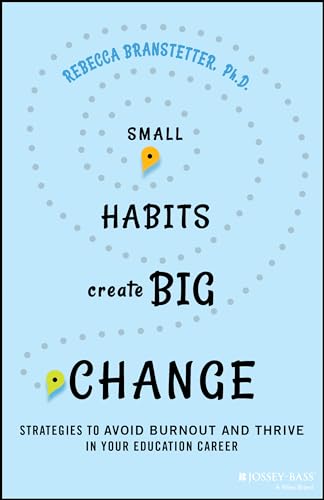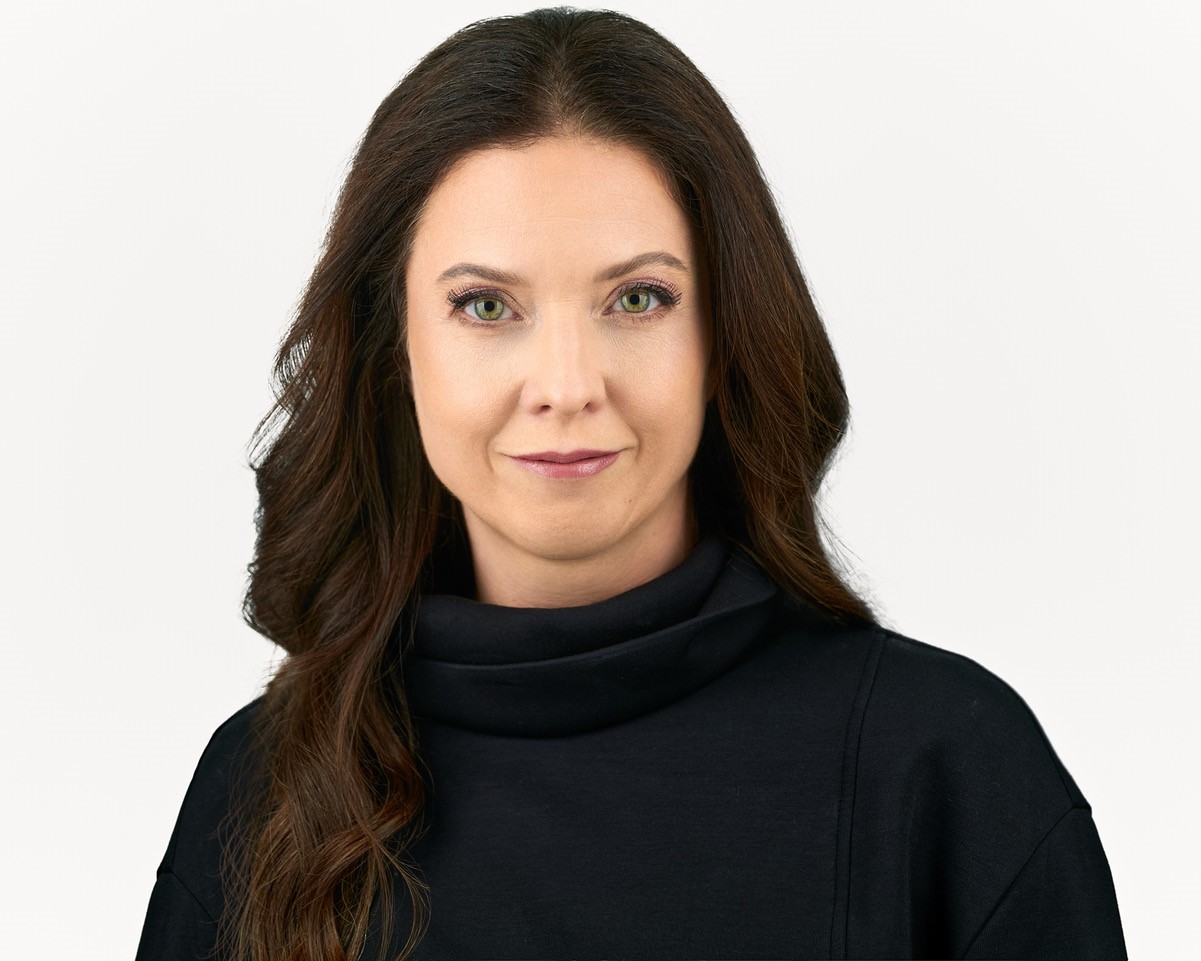I was huddled under my desk at the school district office, clutching my pregnant belly and hiding from a gunman on campus when I knew.
I knew that I loved my students.
I knew that I was passionate about being a school psychologist.
I knew I was making a difference in the lives of children.
I knew that self-care bubble bath after work was not going to work to keep me from burning out.
I knew that the likelihood of the stressors of being a school psychologist weren’t going to change any time soon.
When it was all over, and everyone was safe, I drove home, crying.
I knew that I didn’t want to quit, but it felt like quitting was the only solution.
Deep down, I also knew that something had to change so I could thrive in the career of my dreams.
But what? How? Was it even possible?
Chances are, if you’ve picked up this book, you might be wondering the same thing – how can I sustain my passion for my career in education in such challenging circumstances? While not everyone has had a dramatic life-threatening moment like the one I described, you have probably had a similar moment of your own, driving home in your car after a hard day, wondering if it’s all worth it and how you can rekindle the joy.
That’s what this book is about.
But first, here’s what this book is not about: It’s not about you not self-caring enough. It’s not about blaming you, the students, families, society, or “the system.” It’s also not about toxic positivity and pretending it’s not stressful to be an educator. And it’s definitely not about sacrificing your well-being and nervous system for your “bigger why.”
It’s about using the neuroscience of wellness and burnout prevention to change what you can and learning how to cope with the rest. It’s about your own growth and empowerment. Above all, it’s about inspiring hope and giving you practical tools so you can thrive in the career of your dreams.
How the Book Is Organized
Sometimes things come into your life right when you need them.
Ironically, the week after the lockdown incident, a publisher reached out to me and asked me to write a book, called The School Psychologist’s Survival Guide. Ha! The irony! Here I was, on the brink of quitting and here someone thought I could write a book on how to thrive? The universe is funny like that.
I saw this as a sign that my work in education was not done.
I took the deal and started my me-search (excuse me, RE-search) project on how to prevent burnout and thrive in education. I dug into the literature. I interviewed veteran teachers and school psychologists about what kept them going. And do you know what I learned?
It’s all about the small things.
Research vs. Reality
For many educators, the research-to-reality gap in schools feel like the Grand Canyon. Standing on one side, we are entrenched in the daily struggle. On the other side, we see what works for kids, what keeps us mentally healthy, and what best practices are.
Even if we don’t know exactly or have a study citation to prove it, we have a felt sense when things are going well and when things are going off the rails. But we’re not sure how to show up on Monday and change the status quo.
We can’t even imagine the bridge over the gap and the feat it would take to get there. So, we stay on the side of least resistance, wishing we were on the other side. Or we hope someone will come along with more funding and staff and build us the bridge.
And we wait. Y’all I’ve been waiting for 20 years for reasonable caseloads as a school psychologist. And yet, I always have more students to support than any human could be expected to support in the fictional 40-hour work week of an educator. Isn’t there anything we can do NOW?
We can. The neuroscience of wellness and the science of learning is the invisible bridge we need to trust is there to take us to best practices for kids and for ourselves.
When you see that first invisible step become apparent, that’s when forward progress begins.
And when you have science to back up your felt sense of best practices, the ideas and practices gain traction and credibility.
That’s why this book is intentionally grounded in 10 science-backed principles that have been shown to boost your wellness and prevent burnout.
Even more exciting is the link between your wellness and your students’ wellness and achievement, a concept I call “co-thriving.”
So often, educational wellness initiatives operate in silos. We have staff wellness initiatives over here, with a teacher luncheon, staff shout outs in newsletters, or an appreciation week. Then we have student wellness initiatives over there, with mental health services, special education programs, school-wide social-emotional learning (SEL) programs, positive behavior intervention systems (PBIS), and all the other plethora of acronyms of interventions. Schools frequently organize their interventions in a Multi-Tiered
System of Support (MTSS), with Tier 1 supports for all, Tier 2 supports for groups of students who do not respond to Tier 1, and Tier 3 intensive supports for the students with most need.
The reality is, none of the student interventions at Multi-Tiered Systems of Support (MTSS) are going to work very well without focusing on what I call “Tier 0,” which is tending to the educators providing all these supports!



